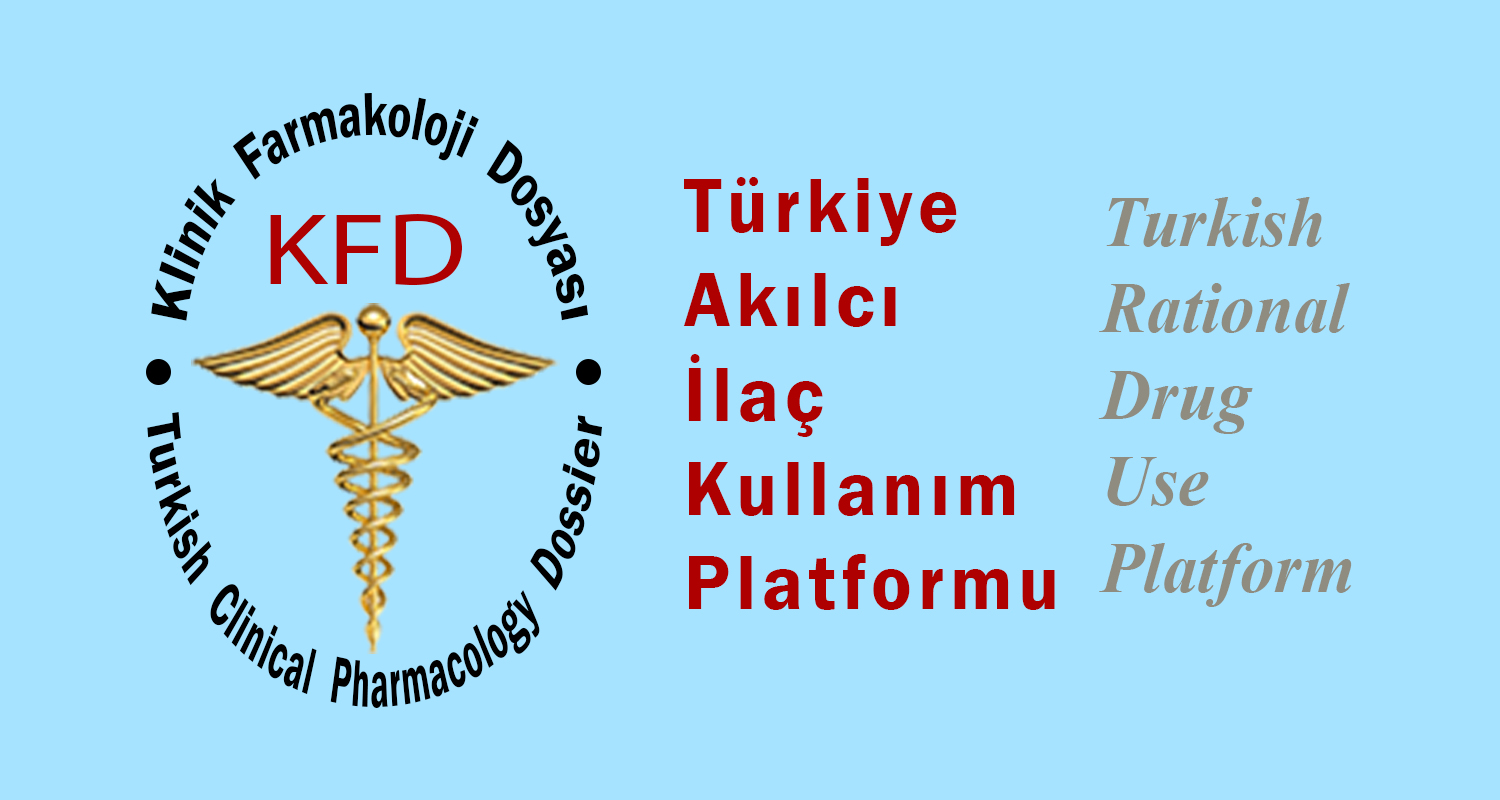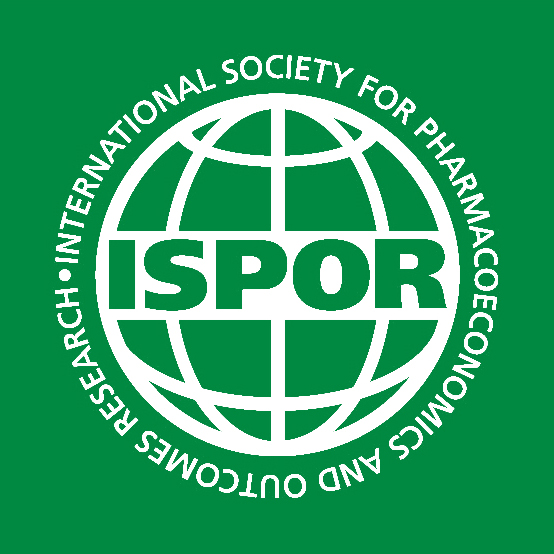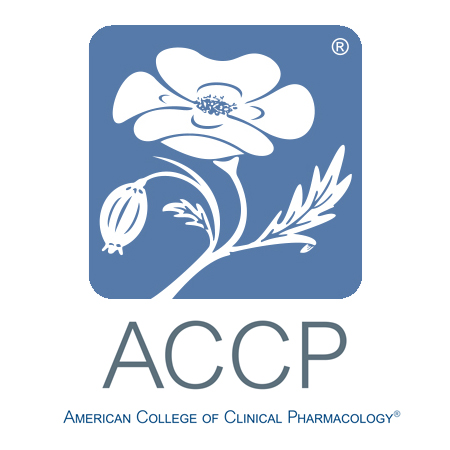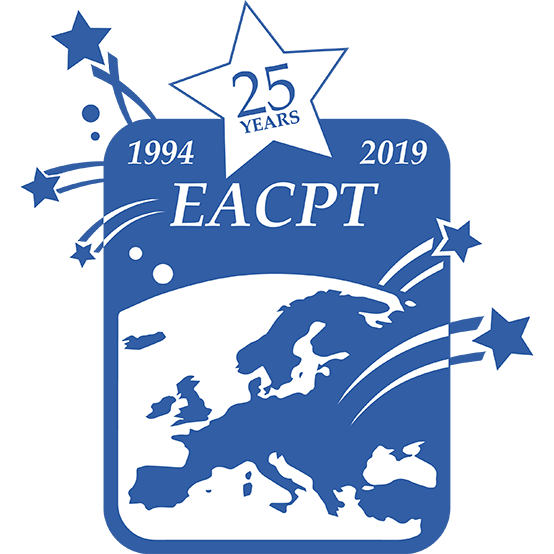Eyl
17
2008

Editörden
ABD de NIH (Natioanal Institute of Health) tarafından yapılan ve “Americal Journal of Psychiaty’nin” 15 Eylül sayısında yayınlanan yeni çalışmaya göre Lilly’nin ZYPREXA sı ve Johnson and Johnson’un RİSPERDAL’i çocuk ve genç erişkinlerde eski klasik antipiskotiklere göre çok daha ciddi yan etkili, klinik olarak daha az etkili ve 4-6 misli daha pahalı.
Senelerce bazı ilaç firmaları ve onların yandaşları tarafından atipik antipsikotiklerin en az klasik antipsikotikler kadar etkili fakat çok daha az yan etkiye sahip oldukları yalanları ile kamuoyu uyutuldu ve bu ilaçların satışları milyar dolarlara çıktı (Zyprexa 4.8 milyar dolar, Risperdal 3.8 milyar dolar). Şizofreni ve şizofreni ile ilgili bozuklukların çocuklarda nadir olamasına rağmen, 2001-2007 yılları arasında 9 yaş altı çocuklarda bu ilaçların kullanımı %81.5 artarken, artış 10-19 yaşlar arasında %91.2 yi buldu.
NIH Akıl Sağlığı bölümü başkanı Dr. Thomas R. Insel “yeni atipik antipsikotik ilaçların şimdiye kadar sıklıkla çocuklarda kullanıldığını fakat bunların çocuklardaki etkenlik ve emniyetinin tam olarak bilinmediğini, atipik antipisikotiklerin yan etkilerinin doktorların ilaç seçimini etkileyeceğini” bildirmiştir.
8-19 Yaşlar arasındaki çocuklarda çok merkezli olarak 6 yıl süre ile sürdürülen TEOSS (Treatment of Early Onset Schizophrenia Study) çalışmasında çocuklar rastgele 8 hafta süre ile atipik antipsikotikler; olanzapin (ZYPREXA), risperidon (RISPERDAL) veya eski klasik antipsikotik molindon ile tedavi edilmiş ve tüm araştırma boyunca NIMH ilaç emniyet bölümü tarafından gözlenmişler.
Sekiz haftalık tedavi sonucu: Molindon ile tedavi edilenlerde %50, risperidon ile tedavi edilenlerde %46 ve ZYPREXA ile tedavi edilenlerde %34 iyileşme meydana gelmiş. Risperidon ve olanzapinde iyileşmeler ilk 2 haftada, molindon da ise ilk 3 hafta içinde ortaya çıkmıştır.
ZYPREXA alan çocuklar ortalama 6 kg, RİSPERDAL kullananlar 3.6 kg alırken molindon alanlarda kilo artışı olmamıştır. ZYPREXA KULLANAN ÇOCUKLARDA TEHLİKELİ BİR ŞEKİLDE KOLESTEROL SEVİYESİNDE YÜKSELME VE DİĞER METABOLİK BOZUKLUKLARIN ORTAYA ÇIKMASI ÜZERİNE ARAŞTIRMANIN ZYPREXA KOLU 2006 YILINDA DURDURULMUŞTUR.
North Carolina Üniversitesinden Dr. Linmarie Sikich, bu sonuçlar karşısında çocuklarda atipik antipisikotik kullanımının akıllı bir tercih olmayacağını belirterek çocuklar için daha emniyetli ve daha etkili ilaçların kullanılmasını önerdi. Colombia Üniversitesinden Dr. Jefferey Lieberman ise TEOSS çalışmasının çocuklarda ilk yeni ve eski antipsikotiklerin karşılaştırmalı araştırması olduğunu ve yan etkiler yönünden ailelerin eğitilmesi gerektiğini söyledi. Lilly sözcüsü Zyprexa’nın çocuk ve genç erişkinlerde endike olmadığını (risperidon 13-17 yaş çocuklaeda kullanılabiliyor) ve tedavi süresinin yetersiz olduğunu açıklarken, kendileri tarafından yapılmış çok daha kısa süreli çalışmaları unutmuş görünüyordu.
NIH tarafından daha önce erişkinler üzerinde yapılan araştırmada da benzer sonuçlar elde edilmiş, klasik eski antipsikotiklerle atipik antipsikotikler arasında etkenlik yönünden fark bulunmaz iken tedavi maliyeti atipik antipsikotiklerde çok daha yüksek bulunmuştur (http://www.nimh.nih.gov/health/trials/practical/catie/index.shtml).
Umarız öncelikle Sasğlık Bakanlığı ve Sosyal Güvenlik Kurumu yetkilileri bu bilgileri değerlendirir ve hastaların maddi-manevi kayıplara uğramasını önlerler. Diğer taraftan bu ilaçları reçete eden hekimlerimizde aşağıda özetlerini verdfiğimiz çalışmaları daha dikkatle değerlendirirler.
Double-Blind Comparison of First- and Second-Generation Antipsychotics in Early-Onset Schizophrenia and Schizo-affective Disorder: Findings From the Treatment of Early-Onset Schizophrenia Spectrum Disorders (TEOSS) Study
Linmarie Sikich, M.D., Jean A. Frazier, M.D., Jon McClellan, M.D., Robert L. Findling, M.D., Benedetto Vitiello, M.D., Louise Ritz, M.B.A., Denisse Ambler, M.D., Madeline Puglia, B.A., Ann E. Maloney, M.D., Emily Michael, B.A., Sandra De Jong, M.D., Karen Slifka, R.N., C.S., Nancy Noyes, C.P.N.P., C.S., Stefanie Hlastala, Ph.D., Leslie Pierson, M.P.H., Nora K. McNamara, M.D., Denise Delporto-Bedoya, M.A., Robert Anderson, B.S., Robert M. Hamer, Ph.D., and Jeffrey A. Lieberman, M.D.
Am J Psychiatry, September 15, 2008
OBJECTIVE: Atypical (second-generation) antipsychotics are considered standardtreatment for children and adolescents with early-onset schizophreniaand schizoaffective disorder. However, the superiority of second-generationantipsychotics over first-generation antipsychotics has notbeen demonstrated. This study compared the efficacy and safetyof two second-generation antipsychotics (olanzapine and risperidone)with a first-generation antipsychotic (molindone) in the treatmentof early-onset schizophrenia and schizoaffective disorder.METHOD: This double-blind multisite trial randomly assigned pediatricpatients with early-onset schizophrenia and schizoaffectivedisorder to treatment with either olanzapine (2.5–20 mg/day),risperidone (0.5–6 mg/day), or molindone (10–140mg/day, plus 1 mg/day of benztropine) for 8 weeks. The primaryoutcome was response to treatment, defined as a Clinical GlobalImpression (CGI) improvement score of 1 or 2 and 20% reductionin Positive and Negative Syndrome Scale (PANSS) total scoreafter 8 weeks of treatment.RESULTS: In total, 119 youth were randomly assigned to treatment. Ofthese subjects, 116 received at least one dose of treatmentand thus were available for analysis. No significant differenceswere found among treatment groups in response rates (molindone:50%; olanzapine: 34%; risperidone: 46%) or magnitude of symptomreduction. Olanzapine and risperidone were associated with significantlygreater weight gain. Olanzapine showed the greatest risk ofweight gain and significant increases in fasting cholesterol,low density lipoprotein, insulin, and liver transaminase levels.Molindone led to more self-reports of akathisia.CONCLUSIONS:Risperidone and olanzapine did not demonstrate superior efficacyover molindone for treating early-onset schizophrenia and schizoaffectivedisorder. Adverse effects were frequent but differed among medications.The results question the nearly exclusive use of second-generationantipsychotics to treat early-onset schizophrenia and schizoaffectivedisorder. The safety findings related to weight gain and metabolicproblems raise important public health concerns, given the widespreaduse of second-generation antipsychotics in youth for nonpsychoticdisorders.
Cost-Effectiveness of Second-Generation Antipsychotics and Perphenazine in a Randomized Trial of Treatment for Chronic Schizophrenia
Robert A. Rosenheck, M.D., Douglas L. Leslie, Ph.D., Jody Sindelar, Ph.D., Edward A. Miller, Ph.D., Haiqun Lin, Ph.D., T. Scott Stroup, M.D., M.P.H., Joseph McEvoy, M.D., Sonia M. Davis, Dr.P.H., Richard S.E. Keefe, Ph.D., Marvin Swartz, M.D., Diana O. Perkins, M.D., M.P.H., John K. Hsiao, M.D., and Jeffrey Lieberman, M.D., for the CATIE Study Investigators
Am J Psychiatry 163:2080-2089, December 2006
BACKGROUND: Second-generation antipsychotics have largely replacedfirst-generation antipsychotics for the treatment of schizophrenia,but a large-scale cost/effectiveness analysis has not been attempted.METHOD: Patients with schizophrenia (N=1,493) were assignedto treatment with a first-generation antipsychotic (perphenazine)or one of four second-generation drugs (olanzapine, quetia-pine,risperidone, or ziprasidone) and followed for up to 18 months.Patients with tardive dyskinesia were prohibited from assignmentto perphenazine. Patients could be reassigned at any time toanother second-generation drug, including clozapine, but notto perphenazine. The cost analysis included medications plushealth services use. Quality-adjusted life year (QALY) ratingswere assessed on the basis of Positive and Negative SyndromeScale (PANSS) subscale scores and side effects. An intention-to-treatanalysis included all available observations, classified byinitial drug assignment, and costs of reassignment of most patientsto another second-generation drug. The analysis was repeatedconsidering only treatment on initially assigned medications.RESULTS: Although QALY ratings, PANSS scores, and other qualityof life measures indicated modest improvement over 18 months,there were no significant differences between perphenazine andany second-generation medication. Average total monthly healthcare costs were $300–$600 (20%–30%) lower for perphenazinethan for second-generation antipsychotics because of lower drugcost. Differences in costs remained when maximally discounteddrug prices were used for all patients and when only observationsduring treatment with the first medication were included. CONCLUSIONS:Treatment with perphenazine was less costly than treatment withsecond-generation antipsychotics with no significant differencesin measures of effectiveness. However, the trial was limitedby a high dropout rate, and longer-term neurological and metabolicside effects require further study.
Effects of antipsychotic medications on psychosocial functioning in patients with chronic schizophrenia: findings from the NIMH CATIE study.
Swartz MS, Perkins DO, Stroup TS, Davis SM, Capuano G, Rosenheck RA, Reimherr F, McGee MF, Keefe RS, McEvoy JP, Hsiao JK, Lieberman JA; CATIE Investigators.
Am J Psychiatry. 2007 Mar;164(3):428-36.
Department of Psychiatry and Behavioral Sciences, Duke University Medical Center, Durham, NC, USA. swart001@mc.duke.edu
OBJECTIVE: This study examined the relative effects of the second-generation antipsychotic drugs and an older representative agent on psychosocial functioning in patients with chronic schizophrenia. METHOD: Consenting patients were enrolled in the NIMH Clinical Antipsychotic Trials of Intervention Effectiveness (CATIE) project. In phase 1, patients were randomly assigned to receive olanzapine, perphenazine, quetiapine, risperidone, or ziprasidone for up to 18 months. Clozapine was included for patients who chose this pathway after discontinuing phase 1 due to inefficacy; all other patients received another second-generation antipsychotic. Psychosocial functioning was assessed using the Quality of Life Scale. RESULTS: Psychosocial functioning modestly improved for the one-third of phase 1 patients who reached the primary Quality of Life Scale analysis endpoint of 12 months (average effect size 0.19 SD units). Although for several of the drugs individually there were significant changes from baseline, overall there were no significant differences between the different agents. Results were similar at 6 and 18 months. There were no significant differences among the treatment groups in the amount of change in the Quality of Life Scale total score or subscale scores at 6, 12, or 18 months. Patients treated with clozapine in the efficacy pathway made comparable gains. Early treatment discontinuations, especially among patients most impaired at baseline, limited the ability to achieve more substantial functional gains. CONCLUSIONS: All antipsychotic treatment groups in all phases made modest improvements in psychosocial functioning. There were no differences among them after 6, 12, or 18 months. More substantial improvements would likely require more intensive adjunctive
NIMH Perspective on Antipsychotic Reimbursement: Using Results from the CATIE Cost Effectiveness Study
The recent publication (December 1, 2006, American Journal of Psychiatry) of the cost-effectiveness results from the National Institute of Mental Health (NIMH)-funded Clinical Antipsychotic Trials in Intervention Effectiveness (CATIE)has raised questions among advocates, families, and clinicians about reimbursement policies for antipsychotic medications.
Antipsychotics have now become the fourth largest group of medications prescribed in the United States, with a collective cost expected to surge past $10 billion this year. About 80 percent of the prescriptions for antipsychotics are paid via the public sector. The new atypical medications, representing 90 percent of the current market, are approximately 10 times the cost of the older conventional antipsychotics.
In a report in the September 22, 2005, New England Journal of Medicine, the CATIE research team compared discontinuation rates with four atypical antipsychotics (olanzapine, quetiapine, risperidone, ziprasidone) and one older conventional antipsychotic (perphenazine). The results demonstrated few differences overall among the various medications. The older medication, perphenazine, was as well tolerated as the newer compounds and as effective as three of the four newer drugs. The fourth compound, olanzapine, was slightly better than all the others in terms of discontinuation and hospitalization rates but was also associated with higher rates of weight gain and metabolic side effects.
The December 1, 2006 study analyzed the economic implications of the CATIE results and found that, because perphenazine was as effective overall and less expensive, the older antipsychotic medications such as perphenazine still have a valuable role in treating schizophrenia. The results should encourage doctors to reconsider the use of these older medications as another choice for patients with schizophrenia. This study should help expand the current list of medications most commonly used for schizophrenia, rather than restrict or reduce access to any of the antipsychotic medications. NIMH believes that this is important for the following reasons:
· Although the CATIE results suggest little difference in the overall effectiveness for the entire cohort, individual patients respond differently to different medications. To say the medications are equivalent is not to say they are identical. There is substantial variability in the response of individuals to these treatments. Future studies will focus on predicting individual patterns of response.
· There are additional outcomes to consider. Upcoming reports will describe the effectiveness of these various medications on quality of life and cognitive deficits. Cognitive impairment is a central clinical feature of schizophrenia and is strongly associated with functional outcomes.
· CATIE was limited to people with chronic schizophrenia who were moderately treatment-resistant. People with acute, first onset schizophrenia and those with other psychotic disorders were not included in this study. These patients may respond differently to antipsychotic medications.
· CATIE was an 18-month study. While this is longer than most clinical trials it is not long enough to fully consider whether patients would develop serious long-term side effects such as tardive dyskinesia, diabetes, or other medical conditions that can develop even years after starting medication.
Taking all these points into consideration, NIMH holds that families and physicians need more, not fewer, choices for addressing schizophrenia. A one-size-fits-all approach for treating schizophrenia could be harmful, essentially turning the clock back 40 years to an era when conventional antipsychotics were the only medications available for patients with this chronic, disabling disorder affecting 3.2 million Americans.
Science Update
April 1, 2006
April 1, 2006
Studies Offer New Information About Treatment Choices for Schizophrenia — Phase 2 Results
A national clinical trial comparing clozapine with other new-generation antipsychotic medications for the treatment of chronic schizophrenia has shown that people who switched to clozapine from their first medication because it failed to manage symptoms adequately were twice as likely to continue treatment as patients who switched to other antipsychotic medications. A companion study found that for people who switched to new-generation antipsychotic medications other than clozapine, those who took olanzapine and risperidone continued taking their medication longer than people taking quetiapine and ziprasadone. The results of the trial, which was funded by the National Institute of Mental Health (NIMH), part of the National Institutes of Health, were published in two papers in the April 2006 issue of the American Journal of Psychiatry.
The results of CATIE — Clinical Antipsychotic Trials of Intervention Effectiveness — offer the 2.4 million adults in the United States with chronic schizophrenia and their doctors information that can help tailor treatments to the individual needs of patients. In phase 2 of this study, 543 people were studied in 57 different treatment sites to provide guidance to help doctors determine what to do next when patients need to change medications, a common occurrence in treating schizophrenia. Research has shown that patients who consistently receive treatment do much better than those who stop taking their medications, so finding the right treatment is crucial.
The lead investigators for the two studies in phase 2 of CATIE were Jeffrey A. Lieberman, M.D., of Columbia University and the New York State Psychiatric Institute; Scott Stroup, M.D., of the University of North Carolina at Chapel Hill; and Joseph McEvoy, M.D., of Duke University. These studies were the next step for patients who did not do well on their first medication in phase 1 of the trial, results of which were published in the New England Journal of Medicine in September 2005.
Phase 2 of CATIE compared the medications, called "atypical antipsychotics," with each other in two different groups of participants. In one group, patients who had stopped taking a phase 1 medication because symptoms were not adequately relieved were randomly assigned to get one of four medications: clozapine, olanzapine, quetiapine, or risperidone. In that group, clozapine was the most effective. Forty-four percent of the patients who changed to clozapine stayed on it for the rest of the 18-month study, compared with 18 percent of patients who had changed to the other medications. On average, patients stayed on clozapine for 10 months, while patients on any of the other medications stayed on them for only 3 months.
However, not all patients can or want to take clozapine, because it may cause serious side effects in some people, including inflammation of the heart muscle, and agranulocytosis, which is a dangerous drop in levels of white blood cells that are part of the immune system. As a result, patients taking clozapine require close monitoring. Although the patients who took clozapine in this study tolerated it fairly well overall, one person developed agranulocytosis.
There were other phase 1 patients who had stopped taking their medication because of side effects or because they told their doctors they wanted to change medications. These patients, as well as patients who wanted more symptom relief but didn't want to take clozapine, took part in a different phase 2 medication trial. In this part of the trial, clozapine was not included, and ziprasidone, the newest of the atypical medications available in the early stages of CATIE, was compared with the other three (olanzapine, quetiapine, or risperidone). Ziprasidone is known to have very different side effects, and it does not usually cause weight gain, as the other medications do.
Overall, patients in this phase 2 group stayed on risperidone seven months and on olanzapine just over six months, compared to four months on quetiapine and less than three months on ziprasidone. Until phase 2 was completed, neither patients nor researchers knew which medications were given, unless it was clozapine, because of the need for close monitoring. None of the patients were given a placebo — "blank" pill — for comparison.
Future CATIE reports will address a number of topics, such as cost-effectiveness, quality of life, and predictors of response, and will provide a more detailed picture of the interaction between patient characteristics, medications, and outcomes. CATIE is part of an overall NIMH effort to conduct "practical" clinical trials that address public health issues important to people affected by major mental illnesses in real-world settings.
Other study authors from phase 2 include:
· Sonia M. Davis, M.D., Dr.PH, University of North Carolina
· Herbert Y. Meltzer, M.D., Vanderbilt University Medical Center
· Robert A. Rosenheck, M.D., Yale University
· Marvin S. Swartz, M.D., Duke University
· Diana O. Perkins, M.D., M.P.H., University of North Carolina
· Richard S. E. Keefe, Ph.D., Duke University
· Clarence E. Davis, Ph.D., University of North Carolina
· Joanne Severe, M.S., National Institute of Mental Health
· John K. Hsiao, M.D., National Institute or Mental Health
Related Information
For more information on CATIE phase 2, visit:
For more information on CATIE phase 1, visit:
For general information on CATIE, visit:







